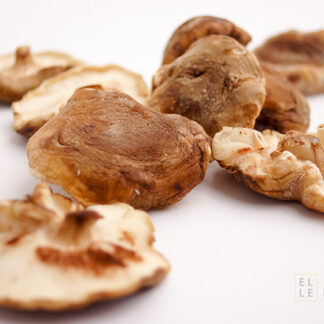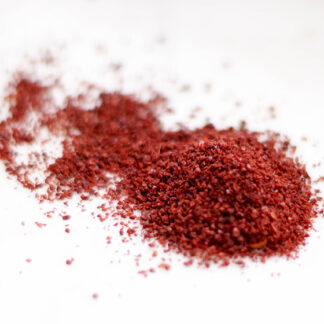
Although tarragon is originally native to Siberia and western Asia, it is one of the classic herbs found in a French kitchen.
The name itself, is derived from the Latin word “dracunculus” which means “little dragon” and also has ties to the French word ‘estragon’ which also means ‘little dragon’. The origins of this name stemmed from the appearance of dragon-like roots with their serpentine shape that and are curled like a dragon’s tail.
HEALTH BENEFITS:
In addition to stimulating the appetite, tarragon has been used throughout the centuries in the treatment of poor digestion, intestinal problems, nausea, flatulence, ease fatigue, hiccups, rheumatism, gout, arthritis and to soothe the pain of toothaches. In the middle ages, some even held the belief that it was effective antidote against venomous creatures and poisons.
Today, we mostly enjoy it’s culinary uses, but actually it can also be used a practical and easy remedy to help you sleep after a long day. In a simple cup of tea. Be sure to use fresh tarragon so that you can benefit fully from it’s many medicinal qualities.

Fresh Tarragon Tea Recipe
INGREDIENTS:
2-3 whole sprigs of fresh tarragon
boiling water
METHOD:
1. Pour boiled water over fresh leaves and allow to steep for 5 minutes. Sweeten with honey, if desired.
2. For indigestion, add a little grated ginger or a few mint leaves to the tea. It’ll settle your tummy in no time and tastes delicious, to boot!
CULINARY USES:
For me, this was one of those herbs that left me perplexed, not knowing what to do with it. However, once I bravely gave it a try, I quickly transformed fear into forever fan and since then I have been looking for new ways to incorporate this delicious tasting herb into my cooking.
In Germany, fresh tarragon is abundantly available in the summer months but not always easy to find. But when you get it, you’ll love the bittersweet, peppery taste it imparts and it’s delicate anise-like (licorice) flavor. Popular as a seasoning for white vinegar or infused oils, you may recognize it best on salads in the form of a classic French vinaigrette.
Fresh herbs can infuse any dish with aromas and fine flavors, but unlike most herbs, heat actually greatly intensifies the flavor of tarragon, both fresh and dried, so before you overwhelm a dish, keep in mind, with tarragon a little goes a long way! This is especially true of fresh French tarragon, which flavor diminishes when it is dried. As a rule of thumb, use a 3:1 ratio, 3 times more fresh than dried.
There are a number of great ways to incorporate tarragon into your cooking:
- Try adding it to soups, fish/shellfish, or use a little to perk up an omelet or scrambled eggs
- Toss together with salad greens, or with sautéed vegetables such as asparagus, broccoli, carrots, cauliflower, green beans, mushrooms, peas, potatoes or tomatoes.
- Create your own tarragon vinegar and add it to tartar sauce, Béarnaise sauce or mayonnaise.
- Mix tarragon with butter and lemon to serve with grilled fish or chicken.
Substitute with chervil or a dash of fennel seed or anise seed, for a similar taste.
STORING:
- Loosely wrap herbs in a damp paper towel, then seal in a zip-top plastic bag filled with air. Store at the warmest part of the fridge.
- Store herbs bouquet-style when in bunches: Place, stems down, in a jar with water covering 3 cm of the stem ends and change the water every other day.





